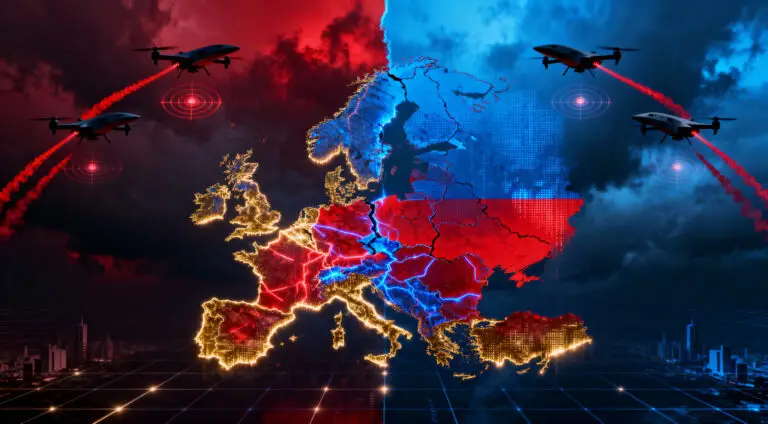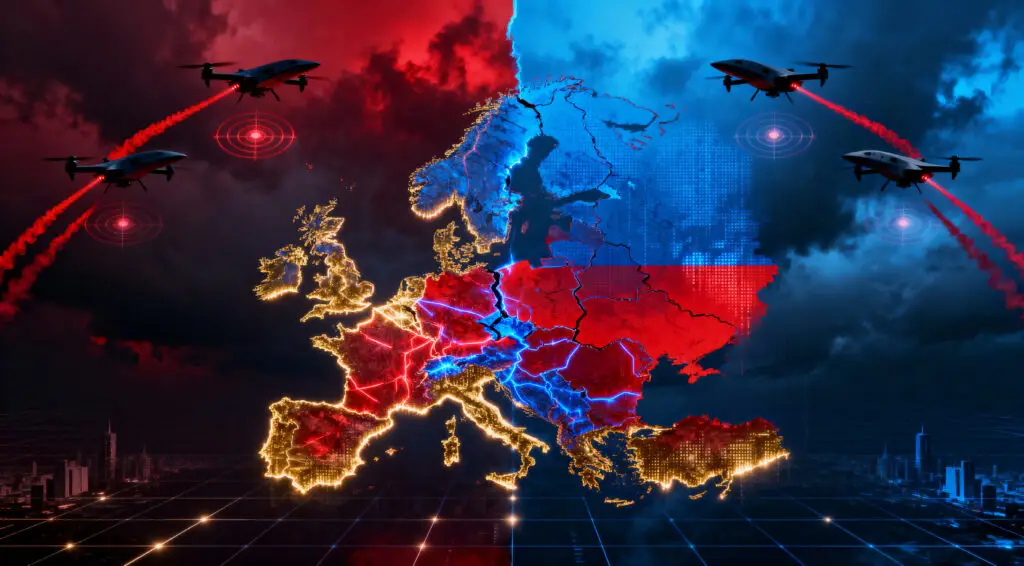The phenomenon of email attacks has become commonplace; however, the shift in malicious tactics is disquieting. A recent study suggests that fully AI-generated phishing attacks have surpassed human-made ones in efficiency, aiding the acceleration of this shift. The alarming development indicates a potential shift in cybercrime infrastructure while threatening individuals and organizations immensely.
AI’s Ability to Efficiently Execute Phishing Attacks—A Human Weakness
Hoxhunt’s report acts as a wake-up call for many. After a two-year study, their researchers concluded that AI bots can now fabricate phishing simulations more effectively than elite human red teams. Such improvements worry experts, as trust in defenses against email attacks erodes.
The AI Edge: Accuracy and Volume
What factors contribute to the effectiveness of these AI-generated attacks? Personalization is the primary answer. AI can be set loose on a victim’s digital trail—social media, LinkedIn, and other public data—to gather intelligence and craft phishing emails on an utterly unprecedented scale. Sabre spear-phishing campaigns, no matter how sophisticated, required an extensive amount of time and energy. The AI epoch has made it possible to automate this process, waging personalized campaigns on everyone and anyone perpetually.
The Evidence is Clear: AI Develops Exponentially Fast
Hoxhunt’s data captures the development rate of AI phishing capabilities in an unprecedented way. In 2026, AI attacks were 31% less effective than those generated by humans. As recently as November 2024, AI was still 10% less effective. However, by February/March 2025, AI surpassed human red teams in effectiveness across all user skill levels, demonstrating a 55% improvement in AI’s phishing performance relative to elite human red teams between 2023 and 2025.
The Impending Peril: Widespread Use of AI in Phishing
Hoxhunt’s report is cautionary concerning an imminent change in the phishing-as-a-service ecosystem. The experts foresee a swift shift toward the widespread use of AI spear-phishing agents. This suggests that the minimum quality and effectiveness of mass-manufactured phishing emails will soon approach the level of today’s highly sophisticated and targeted spear phishing attacks, posing an omnipresent danger to all email users.
A Rousing Appeal: The Requirement for Frontline Human Protection
For all of the challenges presented, there is hope. This is because the report stresses the fact that there still exists an opportunity to enhance the “human layer” of defense by incorporating more comprehensive adaptive phishing training. Behavioral change programs aimed at empowering users to anticipate and neutralize such threats with instinctive agility can, indeed, employ AI spear-phishing agents as attackers in mock scenarios.
A Race Against Time: Preparing for the AI Phishing Tsunami
The ransomware scams that utilize AI at this moment only account for a tiny fraction of the total phishing attempts. Even so, analysts predict a rapid change in this trend. The report notes that security measures and user behavior simultaneously need to adapt to the AI threat. But here is the most important question: Is there enough time to formulate an adequate strategy before we are inundated with advanced AI phishing scams?
The Exploitable Email Systems of Today
Another glaring issue discussed in this article pertains to the email systems in use today. Within the bounds of modern filters and Internet security, Google and Microsoft still claim “in excess of 99%,” which signifies incomplete coverage. The 1% that remains poses a danger not only to sophisticated subterfuge but also to unsophisticated attempts, as shown by a fraudulent email from a “Singapore Central Bureau of Investigation” that was able to enter the author’s inbox.
Final Thoughts: The Escalation of Email Security Will Lie in Artificial Intelligence Warfare
Email security is facing a new and growing threat in the form of AI-generated phishing attacks. Scaling defining capabilities such as crafting convincing and personalized approaches necessitates a shifting proactive technique toward defense. Email protection will most likely be determined by a continuous arms conflict between AI attacks and AI protective strategies, where human consciousness and instruction will still be the most essential barrier.















